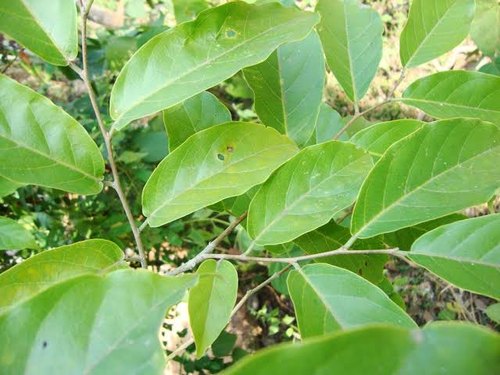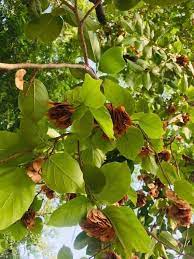Chirol
Department of Botany
*Botanical name:- Holoptelea integrifolia
*Local name:- chilbil, Indian Elm, Entire-leaved elm tree, jungle cork tree, chirivilva , Bandar bati, Tapasi, Chirol.
*Family - Ulmaceae
* Medicinal used – Constipation-
If you are troubled by the problem of constipation, then you can get rid of this problem by using Chirol
Make a decoction of the bark of the stem of Chilor and take it in 10-20 ml quantity, it ends constipation.
Relief from Abdominal Pain- Taking 5-10 ml of Chirol juice mixed with honey destroys stomach worms and provides relief from colic.
Vomiting- Mix sugar candy in 5-10 ml juice of Chirol leaves and take, it stops vomiting.
Piles- 2-4 ग्राम Chirol के बीजों के चूर्ण को गर्म पानी के साथ सेवन करने से खूनी बवासीर में लाभ मिलता है।
(Taking 2-4 grams powder of Chirol seeds with warm water provides relief in bloody piles.)
Diabetes- Mix 10 grams Haritaki, Bahera, Amla and Jamun-seed-churna in 100 grams of Chirbilva-Kand-bark powder and take 1-2 grams daily in the morning, it is beneficial in diabetes.
Joint Pain- Applying the juice of the bark of the stem of the chirol on the joints provides relief from swelling and pain caused by arthritis.
Body Odour - Make a paste of mango tamarind and chirol seeds and apply it on the body. Doing this removes the smell of sweat.
Chickenpox- To get relief from smallpox, drink 5-10 ml of Chilbil juice mixed with Amla-Swarus, sugar candy and honey, according to the advice of the doctor.
Note- If you are thinking of using Chirol as a home remedy for any serious illness, then it is better to first consult an Ayurvedic doctor.
*Environmental benefits - Reducing Climate Change- If people are good at something, then it is building up excess carbon dioxide in the atmosphere. Harmful CO2 contributes to climate change, the biggest current problem the world has to deal with. Trees, however, help fight it. They absorb CO2 removing it from the air and storing it while releasing oxygen.
They absorb pollutant gases such as nitrogen oxides, ozone, ammonia, sulfur dioxide.
A mature acre of trees can yearly provide oxygen for 18 people.


